
Poultry Housing Systems
July 23, 2024, 8:04 am
Poultry houses are very essential for the successful operation of a poultry farm, regardless of the type of birds being raised.
Poultry Housing Systems
Poultry is the term used for domestic birds raised for meat, egg, feathers and work.
Birds for meat include chickens, turkeys, ducks, geese, guinea fowls, pigeons, ostriches, emus, quail
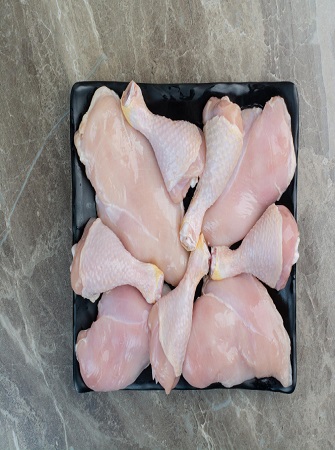
Birds for eggs include chicken, ducks, quails
Birds for work include pigeon (racing and homing), geese (guard and fighting)
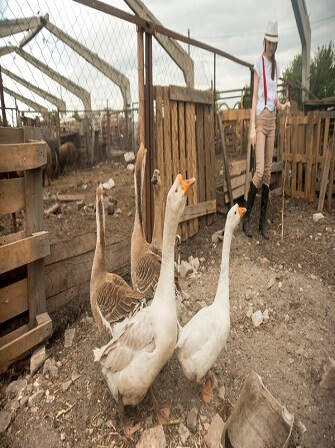
Prevention of soldier ants must be considered in constructing poultry houses. Some poultry houses are fitted with concrete drainage usually filled with insecticide solution. A foot dip containing disinfectant is also put at the entrance into the poultry house to prevent transmission of diseases from one poultry house to another.
Poultry Housing Systems
There are two housing systems in poultry production:
- Deep Litter System (which may be open or closed system)
- Poultry Cage System
Deep Litter System
- The Open Litter System
The house for deep litter system can be of any size but a maximum of 10m width is recommended. Ventilation is paramount; ammonia from droppings can kill birds and as such, it is recommended that a short concrete wall of about 1m height on top of which chicken mesh is run to the roof.
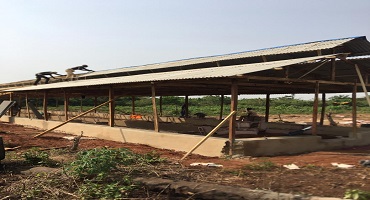
The floor should be concrete to prevent vermin (e.g. rats). Concrete floors also allow for easy washing.
Litter must be water absorbent e.g. wood shavings. Sawdust should be avoided as the fine particles can cause respiratory problems to the birds. Open litter is used for brooding and rearing. Broilers, layers and cockerels are usually raised on deep litter system. If used for layers, nests are provided for hens to lay eggs.
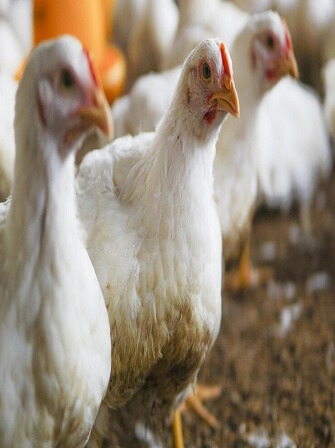
Advantages of Open Deep Litter System
- It is cheap as wood shaving cost little
- Droppings are absorbed and easier to remove
- Wood shavings act as insulator and so control floor temperature
- Birds can be easily exercised
- It ensures low startup capital especially on building
- Can be established in densely populated area if litter is well managed
- Hens have access to unidentified growth factors from the litter
- Cost of raising layers on deep litter is less when compared with those raised in cages
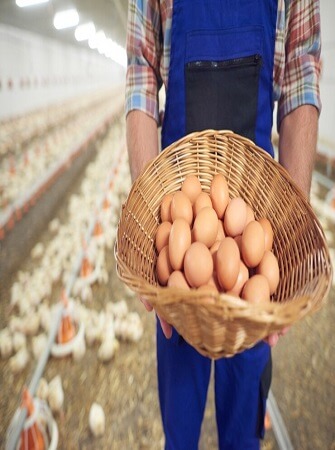
Disadvantages of Open Deep Litter System
- Eggs are often dirty
- Eggs are prone to breakage
- Cannibalism can occur
- Poor or non-laying hens are not easily identified
- Disease can widely spread in the flock
- Litter removal might disturb the birds
Closed Deep Litter System
Big time poultry enterprises employ the use of closed deep system. In this system, there are installations like heater, air conditioners and thermostat to control humidity, temperature and air movement (aeration). Automatic feeders and drinkers are provided
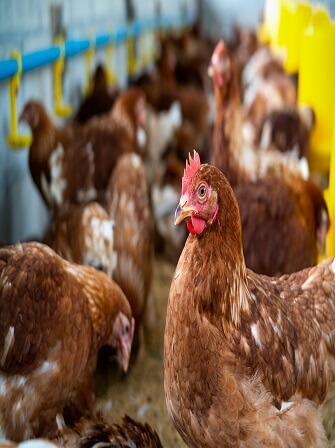
Advantages of Closed Deep Litter System
- Labour is reduced as operations are automated
- The controlled environment brings optimum growth and productivity
- Space can be maximally utilized
Disadvantages of Closed Deep Litter System
- Initial cost is high
- It relies on regular electricity
- Requires skilled labour
- May result in unemployment
Poultry Cage System
Buildings for the poultry cage system must be well constructed to allow for adequate ventilation and washing away of droppings. In the tropics, the building must be open-ended, covered with chicken mesh on 1m concrete wall.
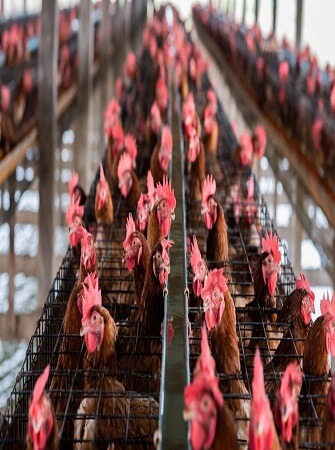
A sloping trench must form the depository of droppings so that they might be washed off effectively.
Poultry cages can be of one, two or three tiers made of galvanized irons. Between 1 and 3 birds are housed in each compartment. The poultry cages are constructed such that eggs will roll out into the egg gutter as they are being laid. Birds do not have any contact with the eggs.
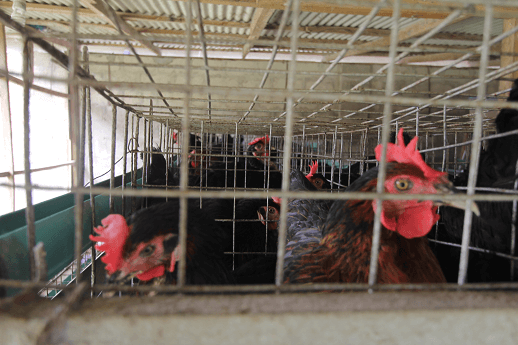
Feed and water troughs are provided outside the cages.

Broilers and cockerels when kept in poultry cages would not dissipate energy in walking around and therefore gain more weight.
Advantages of Poultry Cage System
- Fowls do not have contact with droppings
- Unproductive or sick fowls can be easily identified and culled
- Eggs are neat and collection is easy
- Labour use is reduced
- Disease control is easy and spread of disease is reduced
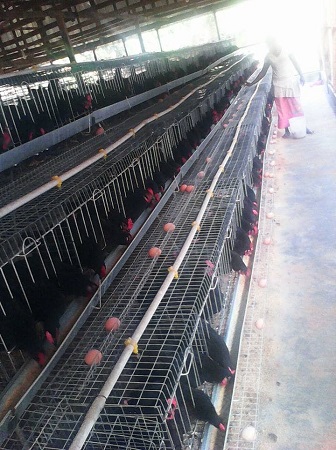
Disadvantages of Poultry Cage System
- Initial cost is high
- Droppings produce great stench (droppings are not absorbed); might not be established in urban areas
- Cannot be used for breeding birds
- Birds do not have enough space for exercise and birds may therefore develop cage fatigue
If you would like to get structural designs and drawings for building an efficient poultry house or you want to construct poultry cage, send us an email agsolutions@agricdemy.com or call/chat with us on +2348089864121
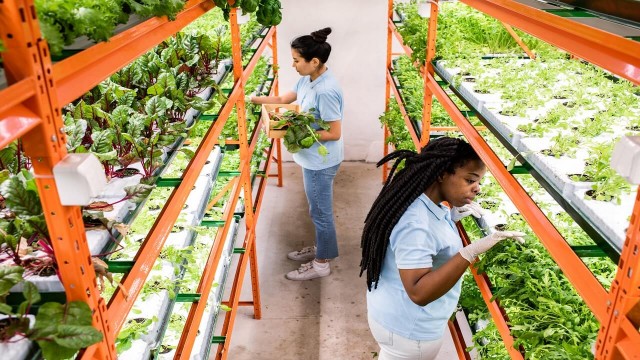
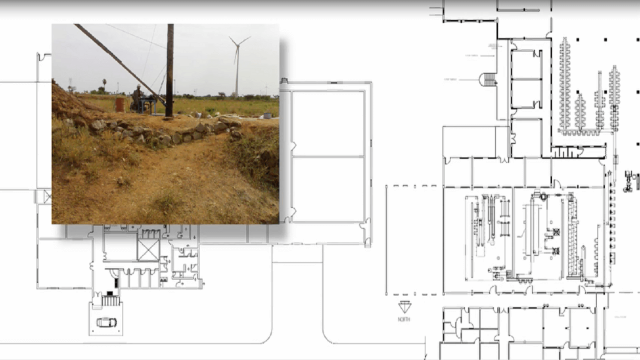
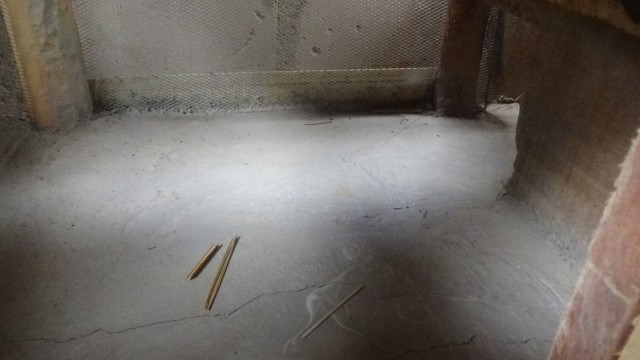
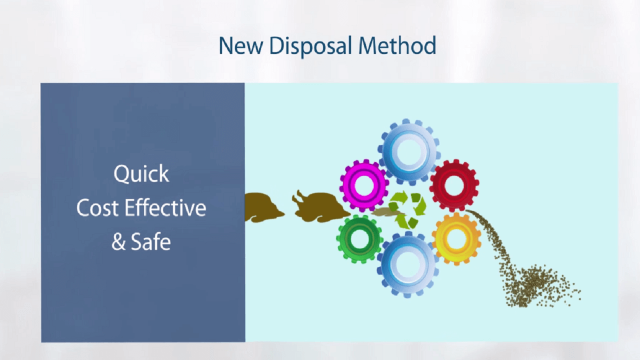
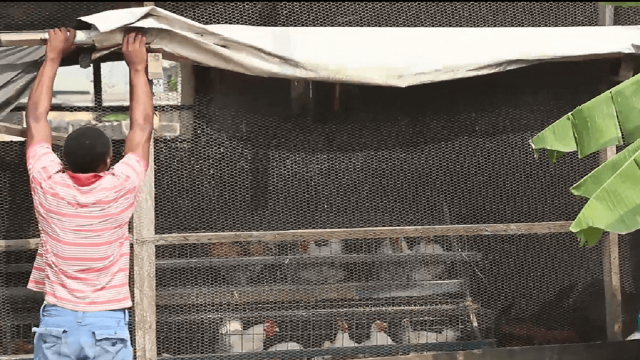
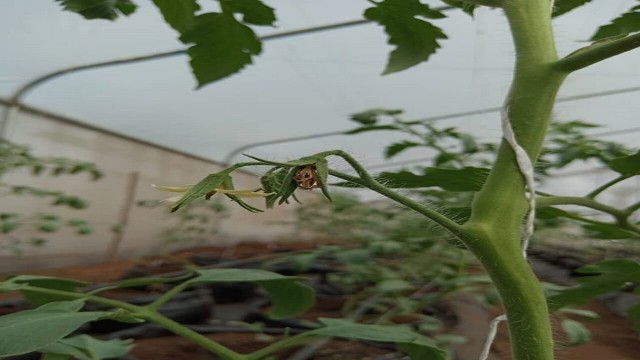

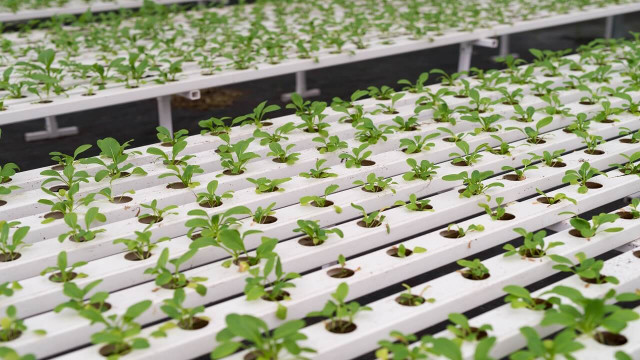



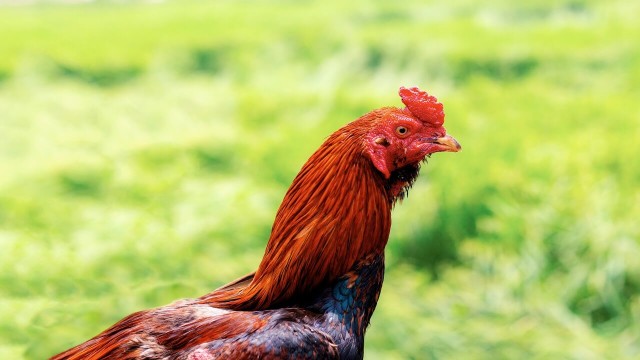
Share This Article: